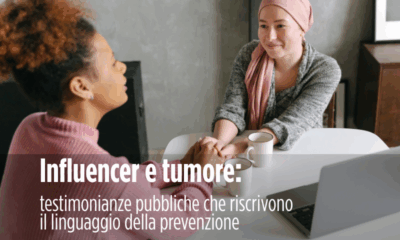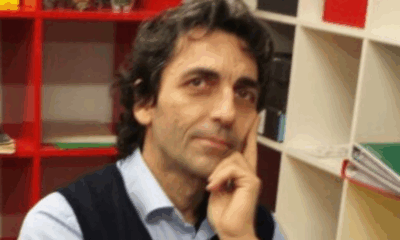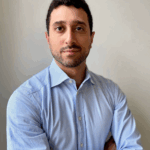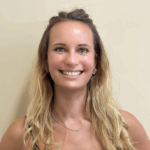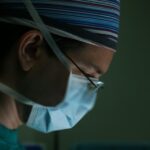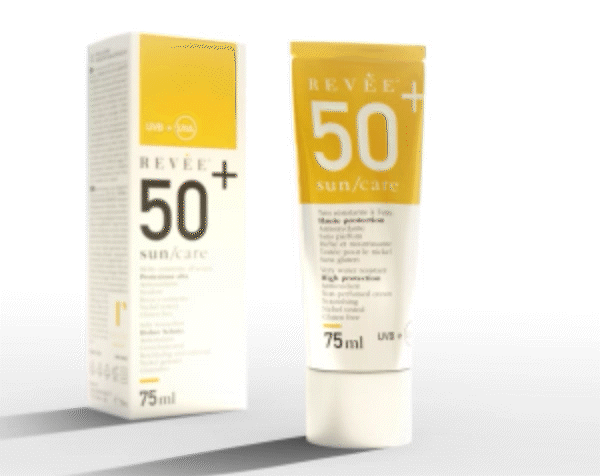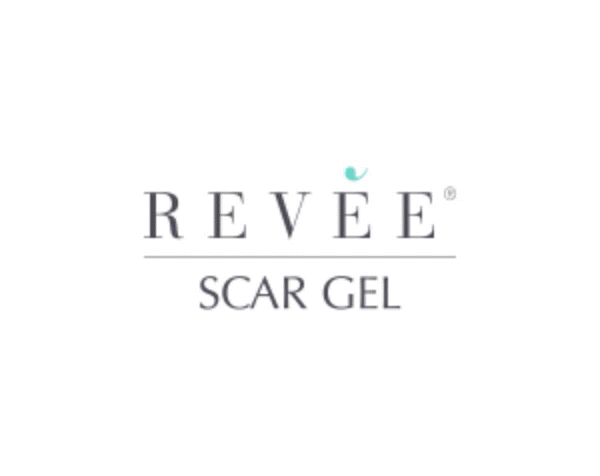Medical doctors and Surgeons
Transcending borders: how Italy and Australia deal with cancer of the skin
Skin cancer can affect people from all around the world, however, each county applies their own set of practices and methods to help limit the spread of the disease. Dr. Andrea Boutros, a medical oncologist working in the melanoma unit of the Policlinico Hospital in Genoa, was given the opportunity to witness the pioneering role Australia plays in treating melanoma during his fellowship in Sydney. During his stay, Dr. Boutros learned about, not only the different procedures being researched in the country but also how much sun exposure plays a part in the development of melanoma, and how certain societal practices applied in Australia can be beneficial back in Italy.
Slip, Slop, Slap, Sleek and Slide
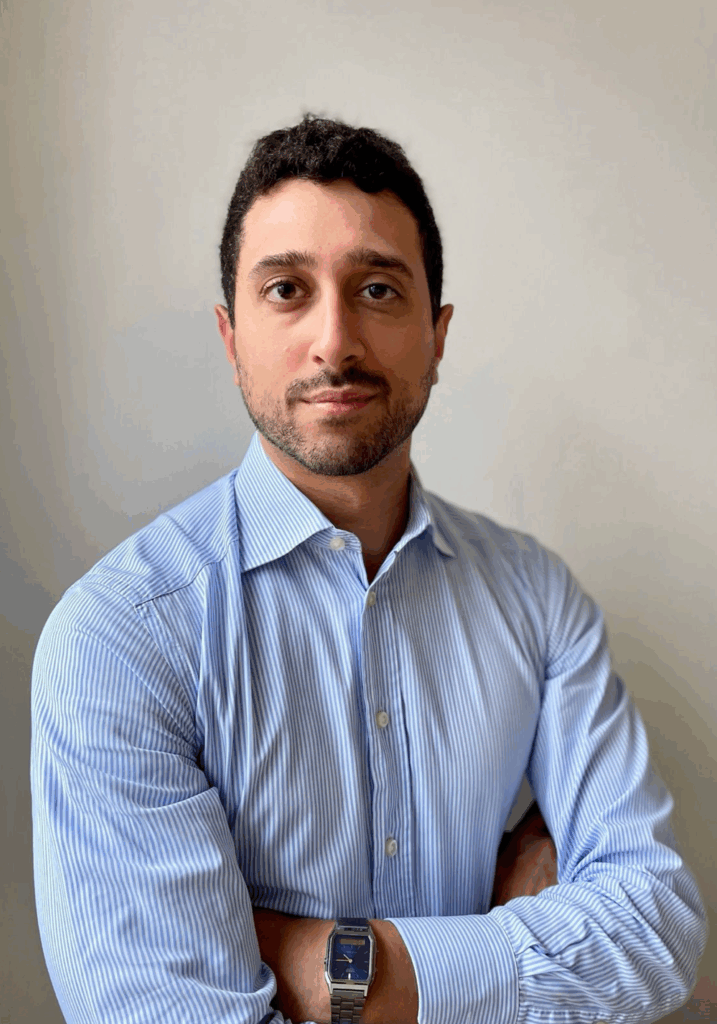
When looking at the different rates in which the disease manifests itself between the two countries, two main factors are the reason for a larger number of cases in Australia. «Australia, from a geographical point of view, has more sunlight and stronger UV damage – Dr. Boutros explains – the second reason can be attributed to the difference in phenotypes. In Italy, we tend to have darker skin that is more protective, compared to the very fair skin.
Many Australians are of Northern European origins, therefore have fairer skin, which is a decisive factor when talking about melanoma».
Nevertheless, because of this increased risk, Australia launched a Health Campaign aimed at educating the population in ways of protecting themselves from prolonged exposure to the sun. The slogan was “Slip, Slop, Slap, Sleek and Slide”, essentially instructing people to follow these five core principles: cover up (Slip), apply sunscreen (Slop), put a hat on (Slap), look for shelter (Sleek) and wear sunglasses (Slide). Dr. Boutros explains how «these very easy rules will help kids, through their adolescence and adulthood. This way, they will eventually teach their own kids about sun safety. In Italy, this would be incredibly helpful, especially since we have a very, aging population. So if we don’t want to develop skin cancers and melanomas provoked by chronic sun exposure or sunburns during childhood and adolescence, we need to improve and implement some safety rules in our schools and preschools».
The future of melanoma treatment
Fortunately Dr. Boutros believes there are no significant differences in the treatment between the two countries, however, Australia is pioneering revolutionary new treatments. Through an impressive clinical trial, conducted in Australia, researchers found that immune therapy can be extremely effective when given weeks before surgery. «By doing so we allow the immune system to recognise and eliminate the melanoma cells, before surgical resection – explains Dr. Boutros – This aspect is very important because, first of all, our immune system needs to see, to recognise, and to interact with the cancer cells, and that’s possible only before surgical resection. Secondly, once we give this immune therapy before surgery, the main thing is that patients and doctors know if it’s working or not, because we know it works in around half of our patients».
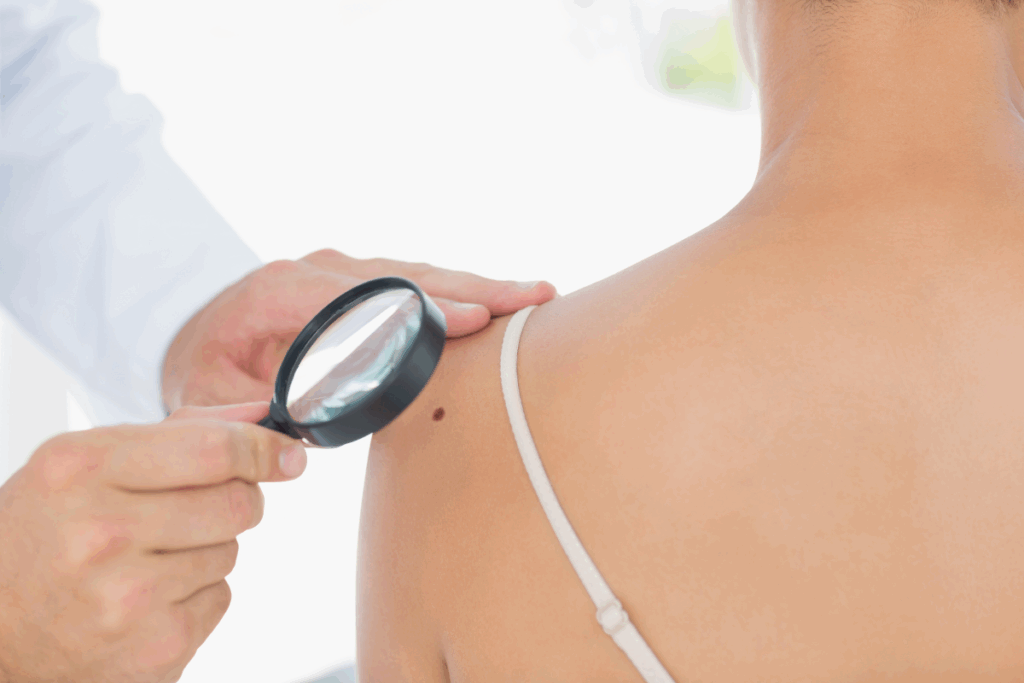
However, primary prevention still plays a pivotal role in decreasing the rate of the disease. Dr. Boutros believes that a cultural change in Italy is required to truly lower the rates of melanomas. In Australia, for instance, tanning beds are completely forbidden. «We really need to take important legal action against these tanning beds.The glamorisation of tanning and seeing tanning as a sign of a healthy person or of beauty, is very cultural – Dr. Boutros concludes – It’s the same with cigarettes and smoking, for example. It’s more of a cultural thing that we need to change with our teaching and with our education, not in middle school or university, but in very early education to achieve significant change».


